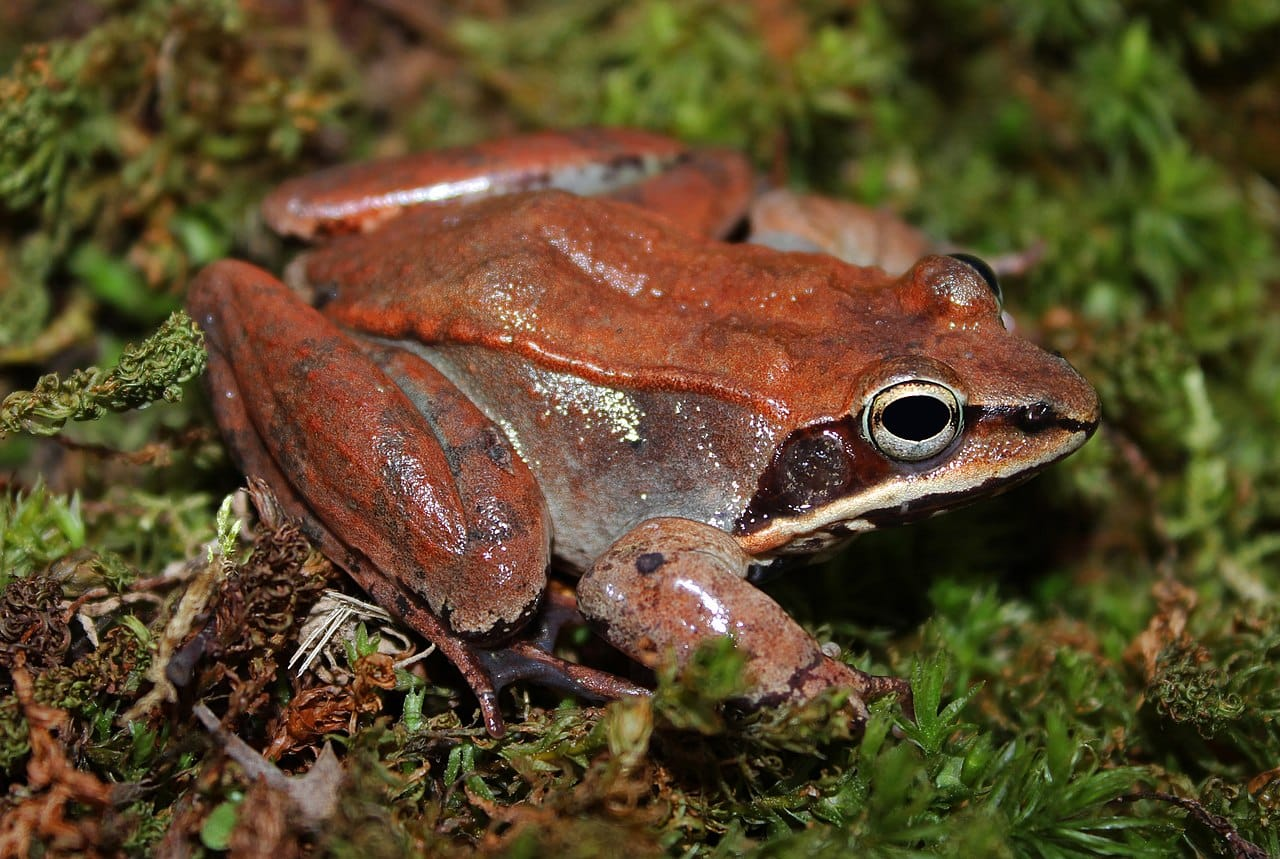
Researchers from Tyumen State University together with scientists from the A.N. Severtsov, Penza State University, the Institute of Cytology of the Russian Academy of Sciences, as well as the Physiology and Genetics of Animals of the Czech Academy of Sciences, revealed the influence of the parasitic flatworm Strigea robusta on the normal development of toad tadpoles. The parasite enters the body of domestic ducks, and then is transmitted to humans, causing a serious illness - trematodosis.
The scientists' article was published in the Q1 Journal of Experimental Zoology Part A: Ecological and Integrative Physiology. It turned out that the previously noted induction of morphological anomalies in green frog tadpoles under the influence of this parasite species is observed to a similar extent in Palearctic toads. The limbs of tadpoles are predominantly affected by abnormal changes: specific edema, inversion of the limbs, growth of additional parts of the legs in the femoral region, and an increase in the number of fingers (the so-called polydactyly).
“These deformations in amphibians were noticed quite a long time ago, in the middle of the last century, by the famous French scientist Jean Rostand and named by him “Anomaly P”. We found that the anomalies are caused by a parasite, and in our study we show that they are not specific only to green frogs, but they are also found in toads,” says Anton Svinin, coordinator of the project to study the influence of the parasite on amphibians, senior researcher at the Laboratory of Ecological Genetics and Metagenomics. “They were able to show that the parasite does not lead to any abnormalities in the gonads, affecting only the limbs, which in itself is surprising.”
The deformities often result in reduced locomotor activity, making frogs and toads easier prey for birds, which are the definitive hosts of the parasites. Among these are ducks, including domestic ducks, which in turn can become carriers of serious diseases - types of trematodosis. Living in the intestines of birds, parasites can lead to diverticulosis, the formation of boils and ulcers in the intestines. Further study of the spread of the parasite, as well as its impact on different groups of animals, and identification of the nature of the impact is of considerable interest to scientists, and will serve as new tasks for future research.
